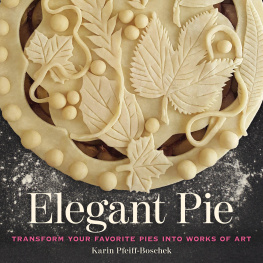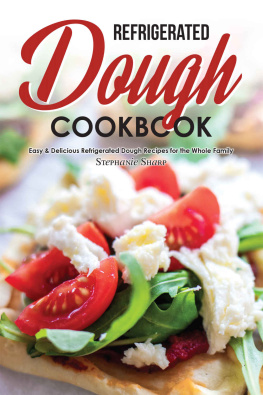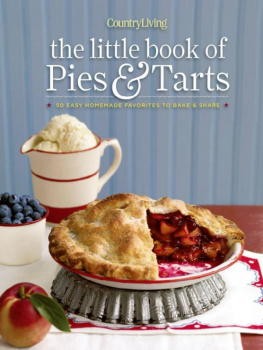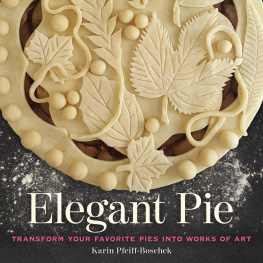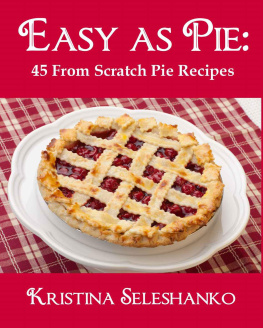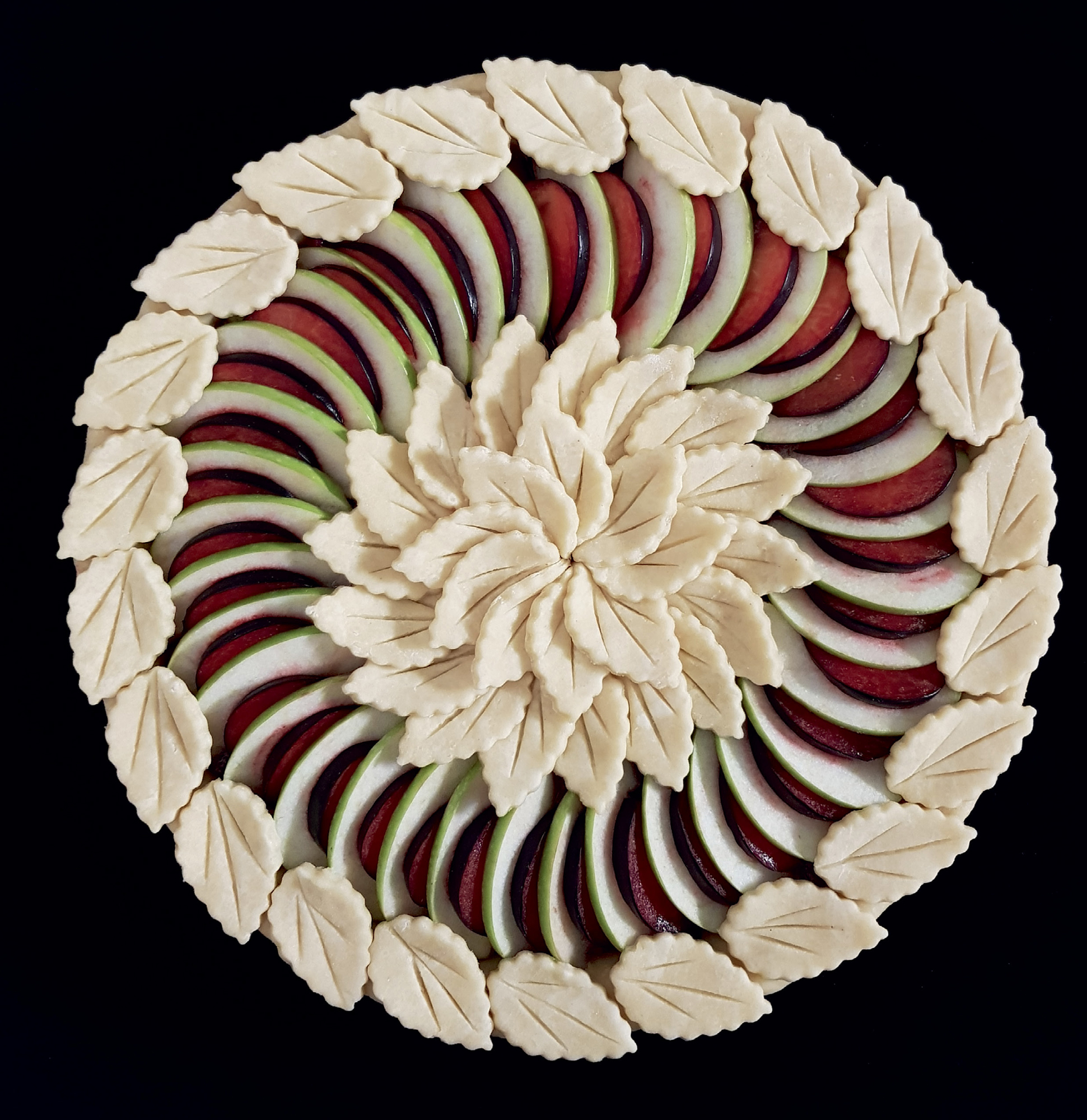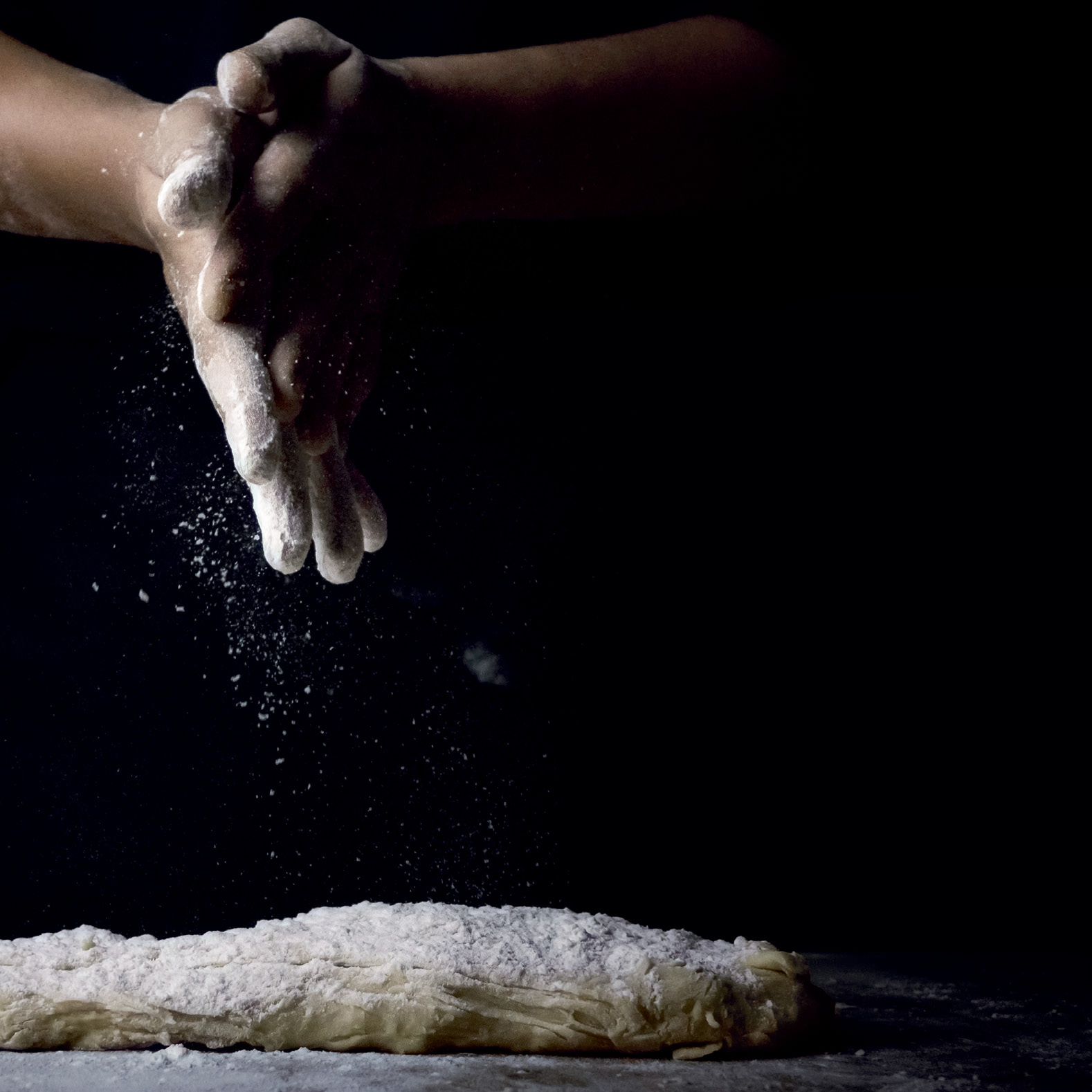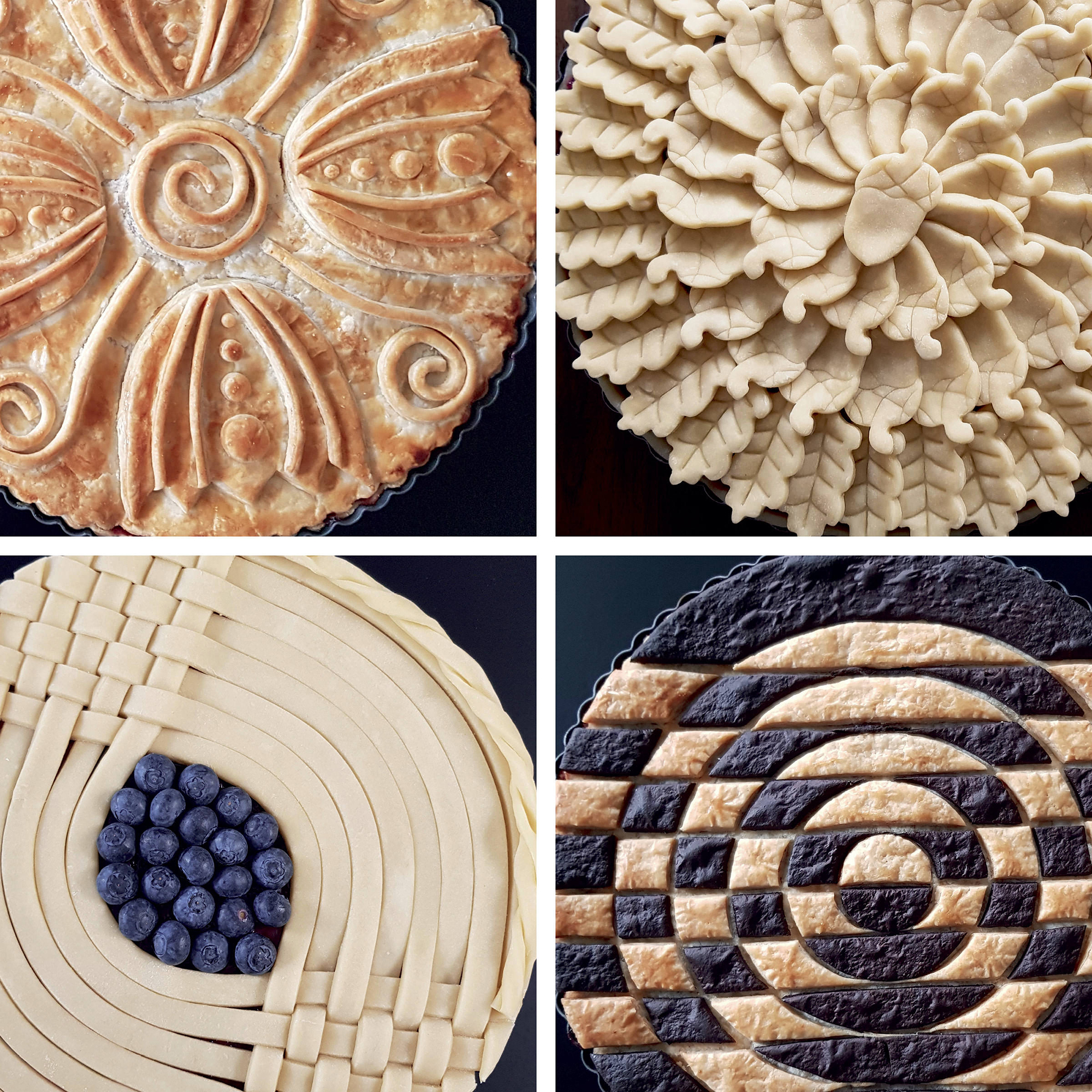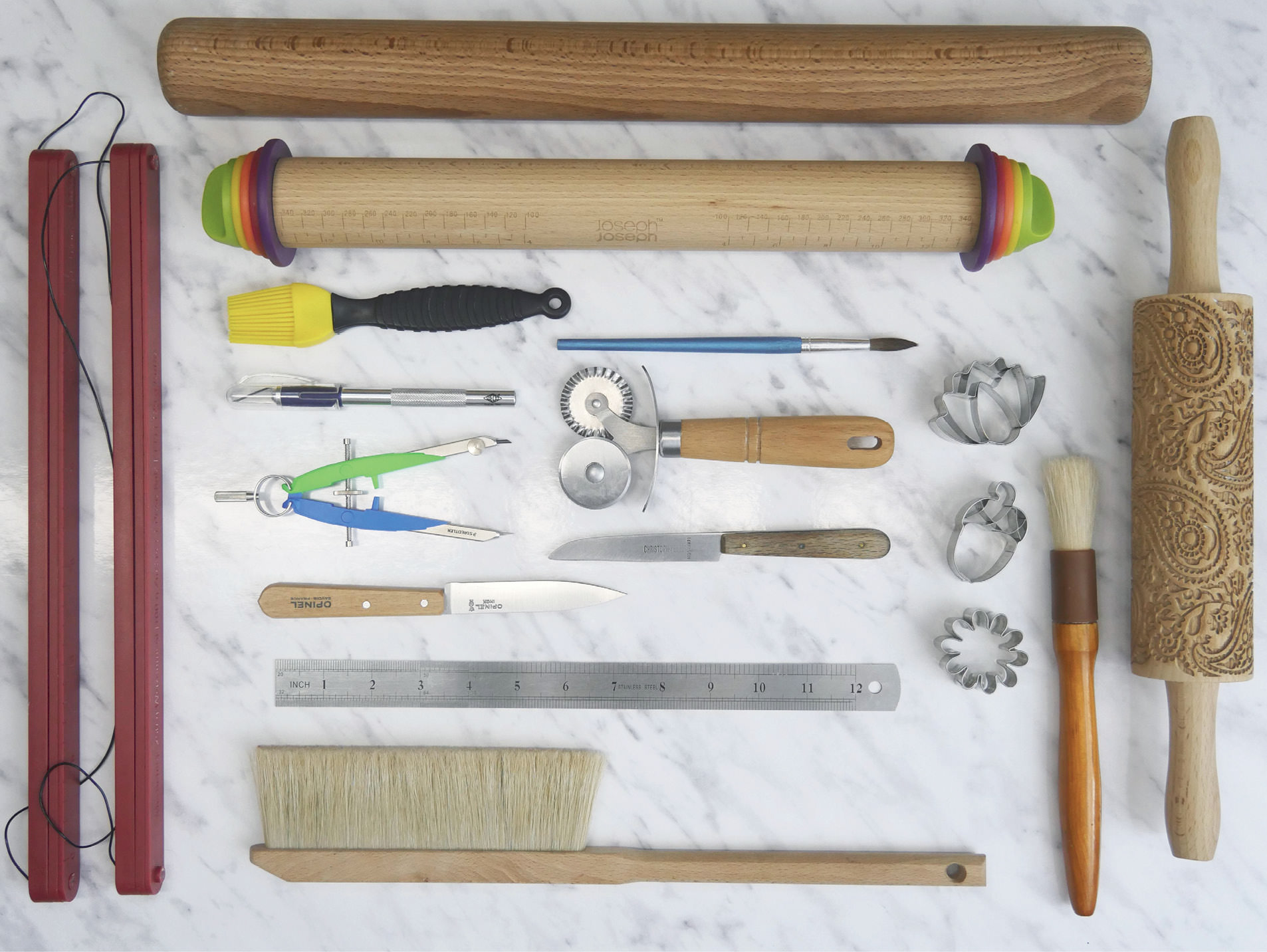To my loyal companions, Bruce and Andor
Elegant Pie
copyright 2019 by Karin Pfeiff-Boschek. All rights reserved. No part of this book may be used or reproduced in any manner whatsoever without written permission except in the case of reprints in the context of reviews.
Andrews McMeel Publishing
a division of Andrews McMeel Universal
1130 Walnut Street, Kansas City, Missouri 64106
www.andrewsmcmeel.com
ISBN: 978-1-5248-5935-0
Library of Congress Control Number: 2019940628
Editor: Jean Z. Lucas
Art Director/Designer: Holly Swayne
Production Editor: Elizabeth A. Garcia
Production Manager: Carol Coe
Digital Production: Kristen Minter
Cover design: Holly Swayne
Cover photography: Karin Pfeiff-Boschek
ATTENTION: SCHOOLS AND BUSINESSES
Andrews McMeel books are available at quantity discounts with bulk purchase for educational, business, or sales promotional use. For information, please e-mail the Andrews McMeel Publishing Special Sales Department: .
Contents
Introduction
Although I have been baking all kinds of pastries much of my life, it was just two years ago that I had the notion to add artistic decorations to my pies. Since pies are a favorite comfort food in many countries, they seemed well worth the effort to make more aesthetically pleasing. Having been active for twenty years in the field of textile design, I had plenty of ideas on how to embellish all kinds of creations, but pie dough offered a new and unexplored challenge. My first efforts received so much praise from friends and guests that I felt confident enough to upload a picture to my Instagram account. To my delight, that first picture received many more likes than any other picture on my account at that time, giving me the confidence to experiment further. Six months later, one of my pies on Instagram attracted the attention of Martha Stewart, who wrote that I had turned pie crust decorating into an art form, words of praise that cemented my conviction that artistic pie decoration was a worthwhile endeavor.
Many of my textile creations were based on geometric patterns, and these provided inspiration for similar designs in my pie decoration. I began to gradually understand the characteristics and limitations inherent in working with pie dough, and my creations became more creative and complex. I was determined to avoid becoming entrenched in one style, so instead I experimented with many different colors; abstract geometric shapes; and familiar objects such as flowers, stars, leaves, and hearts. I found inspiration in many places, including nature, historical and traditional designs, and everyday objects. One crust was even inspired by a manhole cover I saw on the street in front of our home!
It goes without saying that not all designs were completely successful, and I had my share of mishaps. I made one beautiful pie with many cutout flowers and other decorations and then decided the edge needed a special treatment, so I made a long braid and placed it around the edge of the pie, carefully applying egg wash to secure it in place. I then put it in the oven, and after about ten minutes, I looked to see the end of the braid beginning to slip off the pie. I opened the oven door only to watch the rest of the braid slither down onto the oven rack, leaving the edge of the pie unadorned. I quickly pulled the pie out of the oven and carefully embossed the edge with a fork, rescuing it and giving it a finished appearance. Just as with cooking in general, things are bound to go wrong when baking a pie, but with a bit of quick thinking and imagination, it is usually possible to save the day. Ironically, this first mishap repeated itself when I used a row of hearts around the edge of another pie. The hearts were too close to the edge, and as the pie began to bake, they all slipped off onto the oven rack. So now I dont make the mistake of putting decorations too close to the edge of the pie anymore.
One property of pie dough that requires some forethought is its tendency to shrink when baking. The most attractive unbaked pie can lose its beauty in the oven if care is not taken. Regardless of how good a pie looks before baking, its not finished until it comes out of the oven. No one would serve or eat an unbaked pie. Compensating for shrinkage requires planning; however, a certain degree of uncertainty still remains. Optimizing the dough by using as little water as possible will reduce the amount of shrinkage, but its not possible to eliminate this tendency altogether. The designs shown in this book have all been tested repeatedly and can serve as models for experimenting with your own patterns. If the techniques are followed, there shouldnt be any problems with shrinkage, and the results will be almost certain.
Ive included twenty-five pies in this book based on the variety of methods used for their preparation. Making a few of these will provide practice and experience in freehand cutting, use of pie or cookie cutters, braiding, and other techniques.
It is my sincere hope that you will find inspiration in the designs shown in this book and that you will have as much fun as I have turning pies into artistic creations. Making the pie beautiful does not detract from its delicious flavor and can only bring increased pleasure to your table or afternoon coffee hour. I wish you success and enjoyment in your efforts.
Useful Tools and Equipment
for Pie Making and Decoration
The only tools and equipment that are absolutely necessary for pie decoration are the same that are necessary for making a simple pie, plus a refrigerator or freezer and a sharp knife. Your kitchen is probably already equipped with bowls, measuring cups, measuring spoons, and other basic equipment. The list of additional tools and accessories that may be useful for decoration techniques is nearly unlimited, but, to begin with, the following minimum list is quite adequate:
Work area and surface
Rolling pin
Scalpel or craft knife
Rolling cutter
Cookie (dough) cutters (various shapes and sizes)
Ruler
Pastry brushes
Pie pans
Borderless pastry lifters or cake lifters
Oven
Refrigerator and freezer
Pastry scraper
Hot pads
Cooling racks
These basic tools and equipment are shown here and deserve some consideration:
Work Area and Surface
The cooler the kitchen, the better. A very warm kitchen will be an obstacle to working with pie dough, requiring that the dough be returned to the refrigerator very often during the shaping process. A heavy marble slab as a working surface will stay cooler longer as the kitchen warms up, but it will eventually warm up and then will take a longer time to cool back down. If possible, you might consider doing the decoration work in another, cooler room. As to the work surface itself, this is a matter of personal choice.

